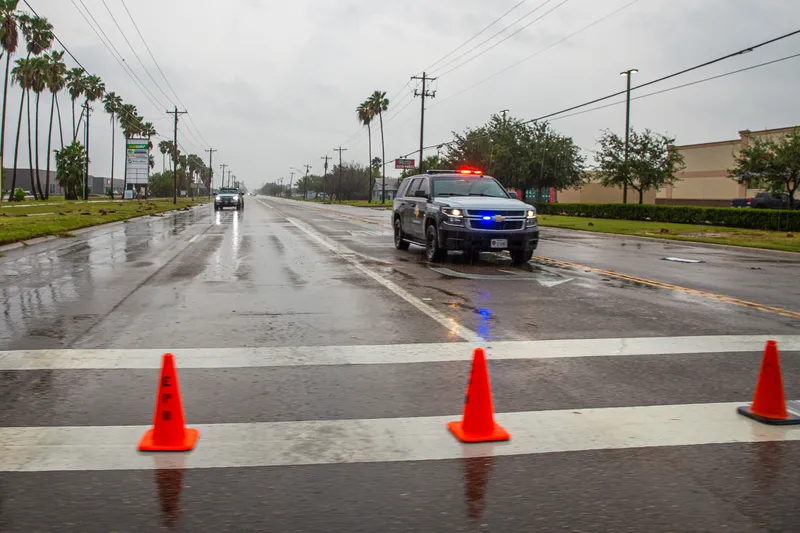
Iteris is to be prime consultant for a multi-year contract to design and integrate network infrastructure at a Texas disaster management facility.
Fort Bend County’s new $9.3 million emergency operations centre is replete with disaster management and public safety technology.
It was built by the Fort Bend County Office of Homeland Security & Emergency Management to withstand hurricane winds and operate independently during an emergency if county utilities are cut off.
A new online dashboard will also give county residents live weather and road information, including road closures, water levels and evacuation information.
Iteris is tasked with integrating a minimum of 45 CCTV camera locations and the associated communication network.
The cameras will monitor flood conditions around the nearby Brazos River and extensive levy system protecting Fort Bend neighbourhoods.
Phase one of the project involves design and integration of six CCTV sites, as a proof-of-concept, with phase two being the design and integration of the remaining 39 locations. The master contract also includes a five-year network maintenance agreement to manage and maintain the roadside devices.
“To date, there is no current network infrastructure completed on this building, so we are thrilled to make that happen,” said Cliff Heise, regional vice president consulting solutions at Iteris.
“This project and this very capable facility will facilitate informing Fort Bend County citizens during emergency events and maximizing their safety when threatening conditions develop.”









